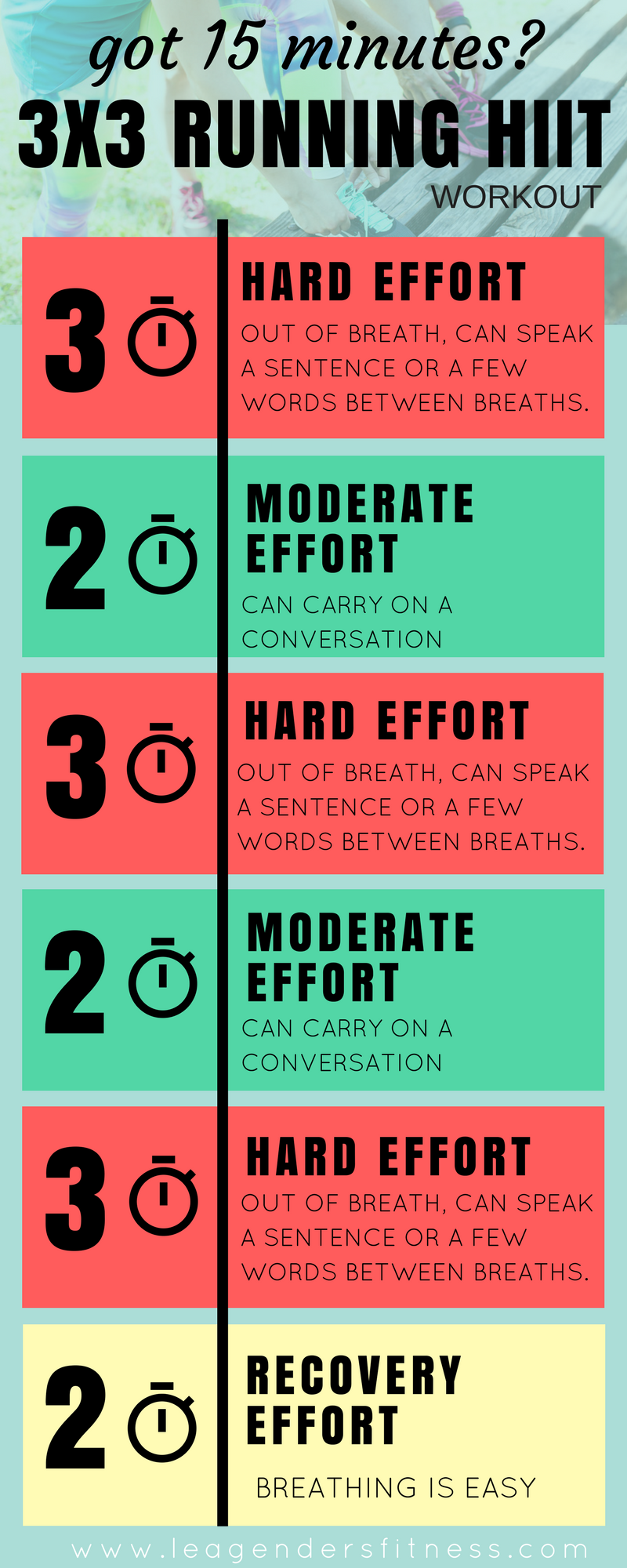Running Workout Techniques: Strategies to Improve Endurance and Rate
Running Workout Techniques: Strategies to Improve Endurance and Rate
Blog Article
Just How to avoid and Handle Discomfort in Operating: Specialist Tips and Guidance
The search of that jogger's high can in some cases be impeded by the unwelcome companion of discomfort. There exist tested strategies and professional recommendations that can assist reduce and manage these discomforts, allowing you to concentrate on the delight of running itself.
Value of Proper Shoes
Appropriate footwear plays a vital function in protecting against and managing discomfort for runners, as it dramatically impacts their comfort, efficiency, and overall foot health. When it pertains to running, using the right footwear can make all the distinction. Ill-fitting or improper footwear can result in a host of issues such as sores, shin splints, plantar fasciitis, and a lot more severe injuries like tension cracks.
Picking the proper running shoes involves thinking about aspects such as foot kind, stride technicians, running terrain, and personal preferences. Runners with high arcs might call for even more padding and assistance, while those with level feet might take advantage of stability shoes. Additionally, comprehending pronation (the internal rolling of the foot) and supination (the external rolling of the foot) can assist in choose footwear that give the best degree of arch assistance.
Spending in quality running footwear that are proper for your specific needs can assist stop pain and discomfort while enhancing your running experience. Prioritizing proper shoes is not nearly efficiency however likewise about securing your foot health and wellness over time.

Reliable Workout Strategies
Shoes option is simply one facet of planning for a successful run; another vital aspect is implementing efficient warm-up methods to maximize efficiency and minimize the danger of injury. A dynamic workout regimen before a run aids raise blood circulation to the muscle mass, improves adaptability, and improves the series of activity of the joints. Dynamic extends like leg swings, high knees, and hip circles are useful in preparing the body for the physical demands of running. Progressively enhancing the intensity of the workout exercises can aid trigger the muscles and boost neuromuscular sychronisation.
In addition to vibrant stretches, integrating some light cardio workouts such as jogging or missing rope can even more boost the heart rate and heat up the body. This mix of dynamic extending and light cardio helps loosen up tight muscles, oil the joints, and mentally prepares the runner for the upcoming exercise (running workout). By making warm-ups a consistent component of your running regimen, you can substantially reduce the threat of injuries and carry out at your finest throughout each run
Key Extending Workouts
When preparing for a run, integrating vital stretching exercises is necessary to improve muscular tissue flexibility and avoid injuries - Read More. Dynamic extends such as leg swings, high knees, and hip circles are advantageous for heating up the muscles and boosting array of movement prior to a run. These movements assist boost blood flow, loosen limited muscles, and prepare the body for the task in advance
Static stretches like calf bone stretches, hamstring stretches, and quadriceps stretches need to follow a run to aid in muscular tissue recuperation and stop tightness. Holding each stretch for 15-30 secs enables the muscular tissues to loosen up and elongate, lowering the risk of post-run discomfort and possible injuries.
In addition, incorporating yoga exercise postures like descending dog, pigeon position, and back spins can target multiple muscle groups concurrently, advertising total flexibility and strength. Constant stretching routines not only improve performance but likewise assist in preserving great running type and stopping overuse injuries. Bear in mind, correct extending strategies are crucial for a safe and enjoyable running experience.
Recovery and Rest Strategies
After completing a run, implementing effective recovery and remainder methods is vital for optimizing efficiency and lessening the danger of injuries. One critical facet of recovery is permitting the body time to relax and fix itself. Adequate rest is vital as it is during rest that muscular tissues recoup and grow stronger. In addition, including rest days into your training timetable is crucial to avoid overuse injuries and burnout.
Energetic healing strategies such as gentle stretching, foam rolling, and yoga exercise can aid improve blood circulation, decrease muscular tissue soreness, and enhance versatility. It is additionally more info useful to focus on hydration and nutrition post-run to renew electrolytes, glycogen shops, and advertise muscle healing.
Cross-training tasks like swimming or biking can offer a break from the repeated influence of running while still preserving cardio health and fitness - running workout. Listening to your body and recognizing when it needs a break is essential to protecting against chronic injuries and guaranteeing long-lasting running success. Bear in mind, remainder is not an indicator of weak point but a vital part of a well-rounded training regimen
Cross-Training Conveniences

It permits you to work on various elements of physical fitness that may not be targeted exclusively through running, leading to a more balanced and versatile athlete. In addition, cross-training can help enhance running efficiency by resolving muscular imbalances and weaknesses that might hinder performance.
Verdict
To conclude, correct footwear, workout techniques, extending workouts, recovery techniques, and cross-training are crucial components in preventing and taking care of pain in running. By incorporating these methods right into your routine, you can minimize the risk of injury and discomfort while optimizing performance and satisfaction of the sport. Read More. Keep in mind to pay attention to your body, prioritize remainder and recovery, and seek professional assistance when required to make certain a risk-free and efficient running experience
Report this page